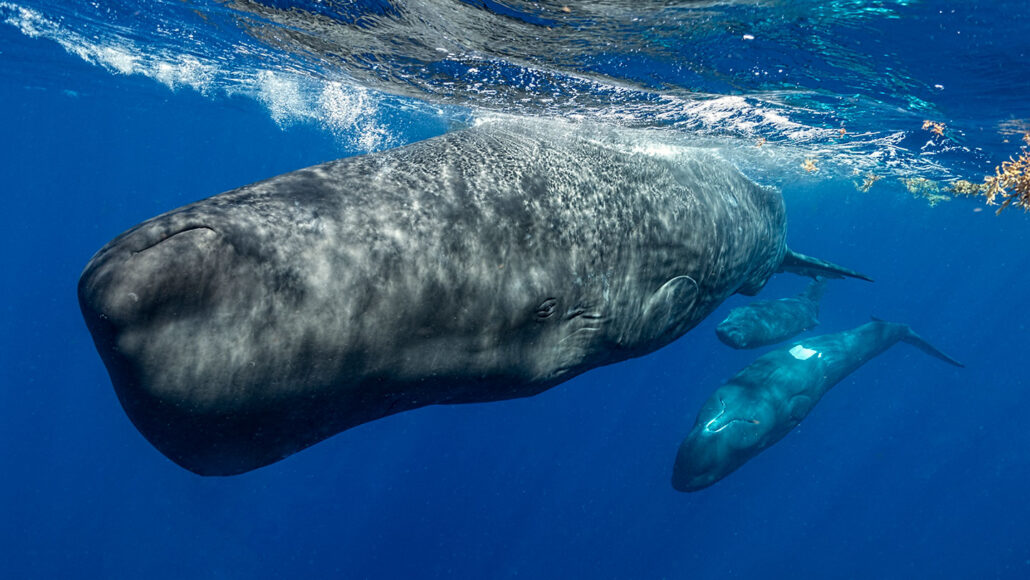Questions for ‘How artificial intelligence could help us talk to animals’

Sperm whales have the largest brains of any animal on Earth. They make clicks to communicate and socialize. Using artificial intelligence, researchers are working to learn how to translate what these clicks mean.
Amanda Cotton